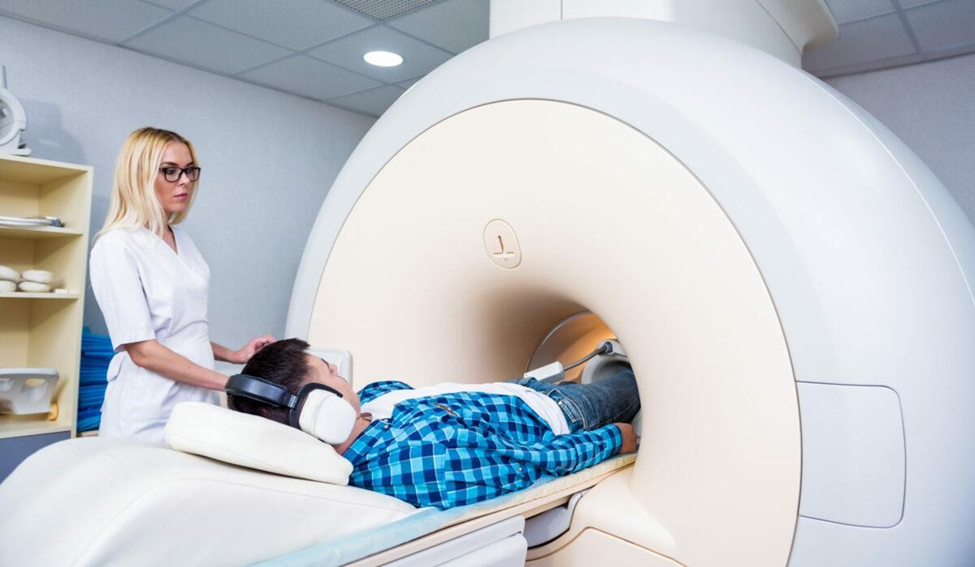The nurse is providing discharge teaching regarding formula preparation for a new mother. Which guideline would the nurse include in the teaching plan?
Do not add cereal to the formula in the bottle or sweeten the formula with honey.
Always wash bottles and nipples in hot soapy water and rinse well; do not wash them in the dishwasher.
Store tightly covered ready-to-feed formula can after opening in the refrigerator for up to 24 hours.
Warm a bottle of formula by placing the bottle in a container of hot water or microwaving the formula.
The Correct Answer is A
A. Adding cereal to formula in a bottle or sweetening with honey can pose choking hazards and introduce unnecessary risks or adverse reactions.
B. Washing bottles and nipples properly is essential, but this guideline doesn't specifically address formula preparation.
C. Storing ready-to-feed formula in the refrigerator is a valid guideline, but it's not related to formula preparation.
D. Microwaving formula can create uneven heating and hot spots, potentially burning the baby's mouth; this is not a recommended method for warming formula.
Nursing Test Bank
Naxlex Comprehensive Predictor Exams
Related Questions
Correct Answer is D
Explanation
A. MRI scans can vary in duration and may take longer than 30 minutes, depending on the specific procedure and imaging requirements.
B. Movement can distort the images in an MRI scan, so it's crucial for the client to lie as still as possible during the procedure.
C. The contrast dye used in MRIs does not typically contain iodine and is not known to cause skin itching.
D. MRI scanners generate loud noises during operation, and patients are often provided with earplugs or headphones to minimize discomfort from the noise.

Correct Answer is B
Explanation
A. Clear drainage from the affected ear is not a typical finding in otitis media; instead, it might indicate other conditions such as a ruptured eardrum.
B. Otitis media commonly presents with erythema (redness) and edema (swelling) of the affected ear.
C. Pain when manipulating the affected ear lobe might be present but is not exclusive to otitis media.
D. Tugging on the affected ear lobe can be a sign of ear discomfort but isn't a specific indicator of otitis media.

Whether you are a student looking to ace your exams or a practicing nurse seeking to enhance your expertise , our nursing education contents will empower you with the confidence and competence to make a difference in the lives of patients and become a respected leader in the healthcare field.
Visit Naxlex, invest in your future and unlock endless possibilities with our unparalleled nursing education contents today
Report Wrong Answer on the Current Question
Do you disagree with the answer? If yes, what is your expected answer? Explain.
Kindly be descriptive with the issue you are facing.
